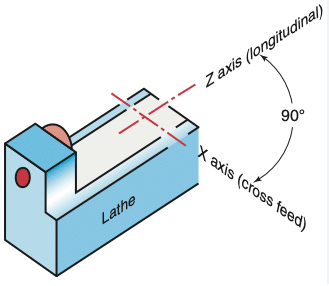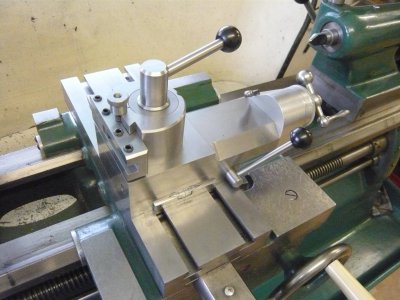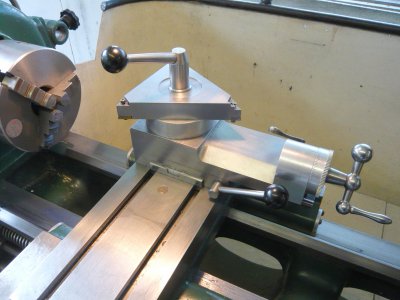- Joined
- Aug 2, 2020
- Messages
- 563
Mine is generally set at wherever.
If you are doing a very precision part - either facing or turning - you can set it at 45. That way you can increase the depth of cut by halves.
If you are doing a very precision part - either facing or turning - you can set it at 45. That way you can increase the depth of cut by halves.




